Colle di Val D’Elsa, meaning “hill in the Valley of the Elsa River, is about an hour drive from Florence in the Tuscany region of Italy. It is a medieval walled town on top of a hill which has expended into the valley. Colle Alta, the medieval part, is where we stayed. The town dates from the Etruscan times about 300 B.C.E. The museum contains Etruscan relics from the area. In 1269 C.E., it was the site of a battle in the Wars of Guelphs and Ghibellines, factions supporting the Pope and the Holy Roman Emperor. In 1479 Neapolitan troops conquered the town, and it became a possession of Florence and the Grand Duchy of Tuscany until Italian unification in 1860. The Via Francigena an old pilgrimage trail from Rome to northern Europe passes right through Colle Alta.
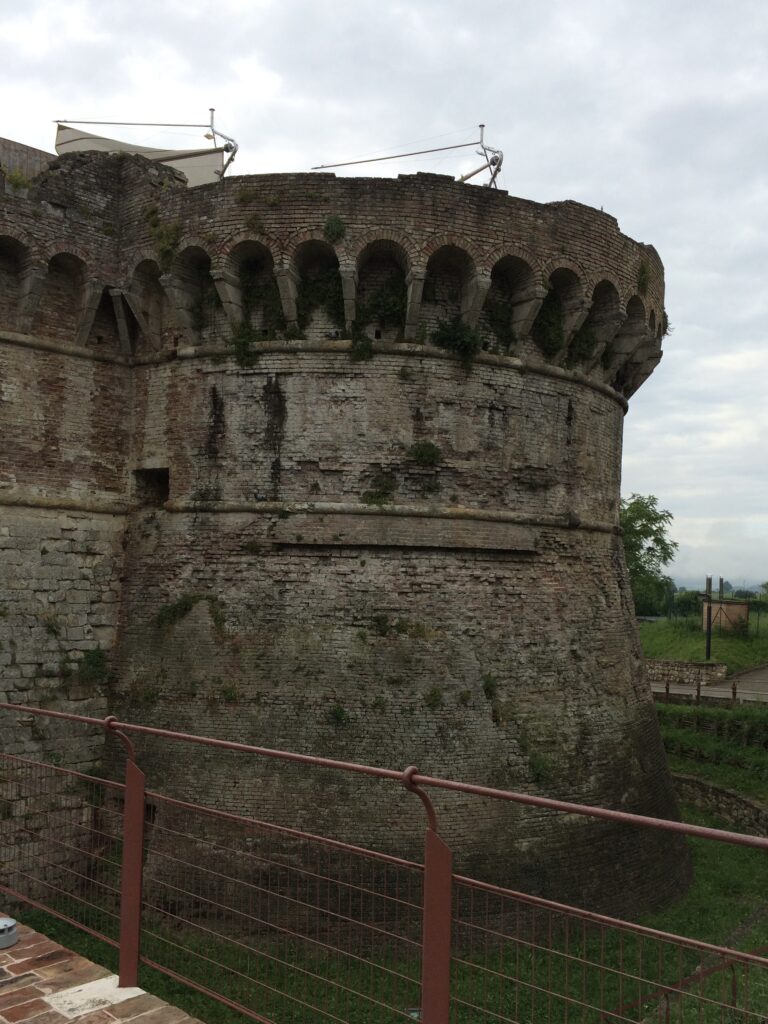
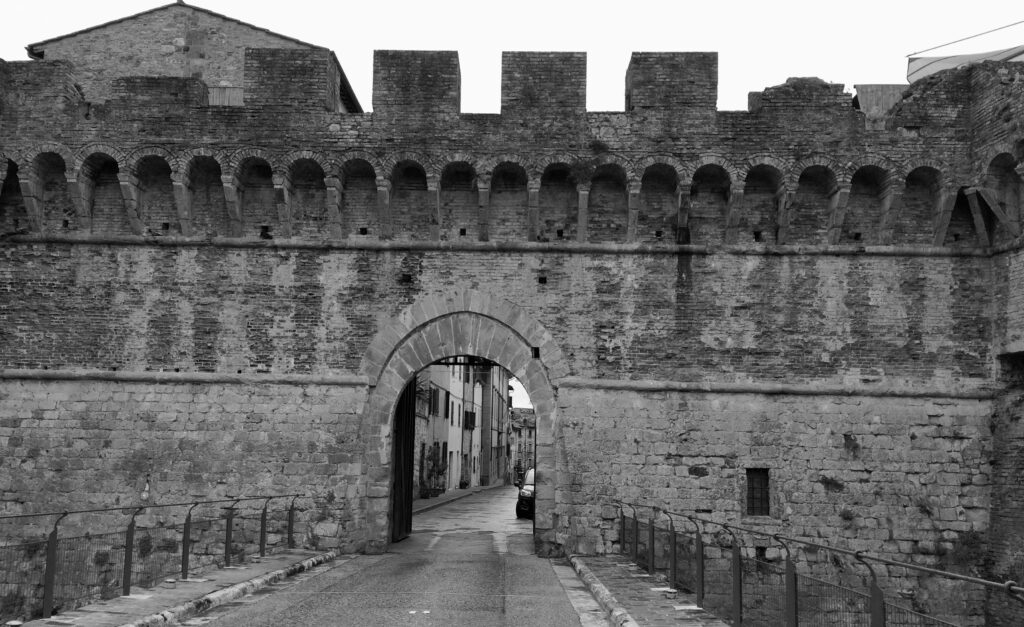
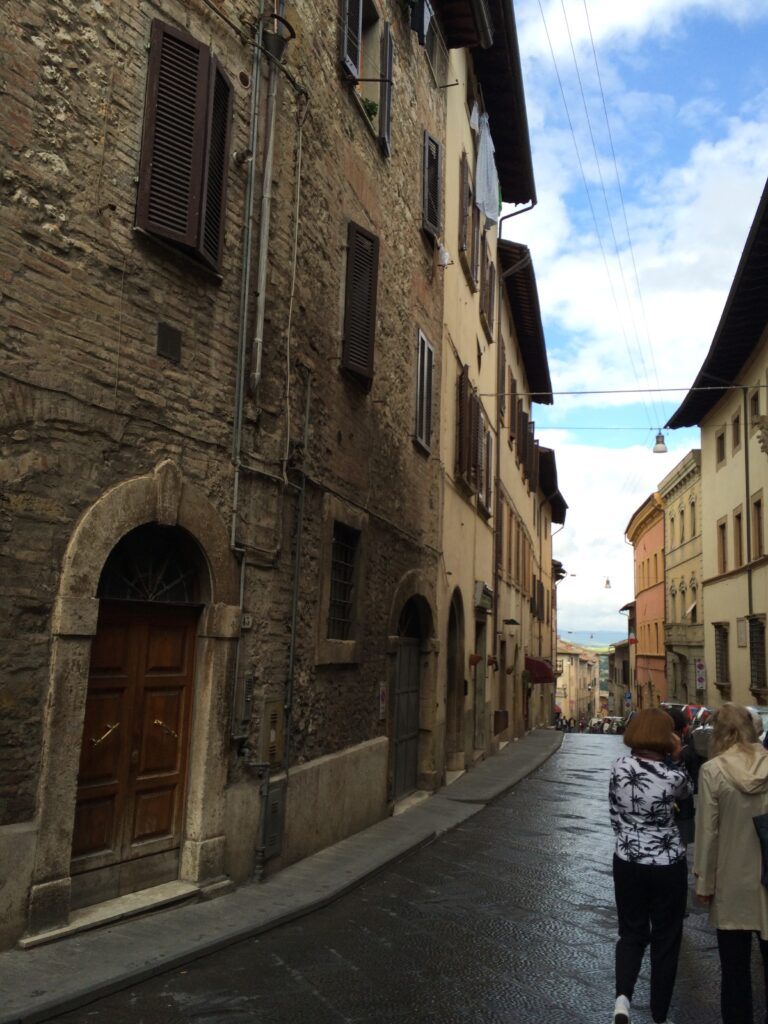
The town is famous for the sculptor and architect Arnolfo di Cambio and the poet Isabella Cervoni. It is also famous for the production of crystal glassware and art. We walked through the old city, Colle Alta, through narrow, winding streets with 16th and 17th century tower houses such as the Palazzo Usimbardi and the Town Hall. Before the Baluardo, the fortress protecting the castle, was the Cathedral, or Duomo. It is a neo-classical cathedral with a Giambologna/Pietro Tacca bronze crucifix. In the tabernacle is a nail said to be from Christ’s cross. We walked through another archway into the oldest part of the city, passed shops, plazas, and noble houses such as Palazzo Luci, Palazzo Morozzi, Palazzo Giusti, Palazzo Dini, and tower houses including the one where Arnolfo di Cambio was born. This part of town dates from the 15th Century. We ended at the Palazzo Campana, the entry to the castle. To the right of the castle is the Baluardo, protecting the castle. It overlooks the lower part of the town and valley below. Here there is a lift to the lower part as well as a walkway down.
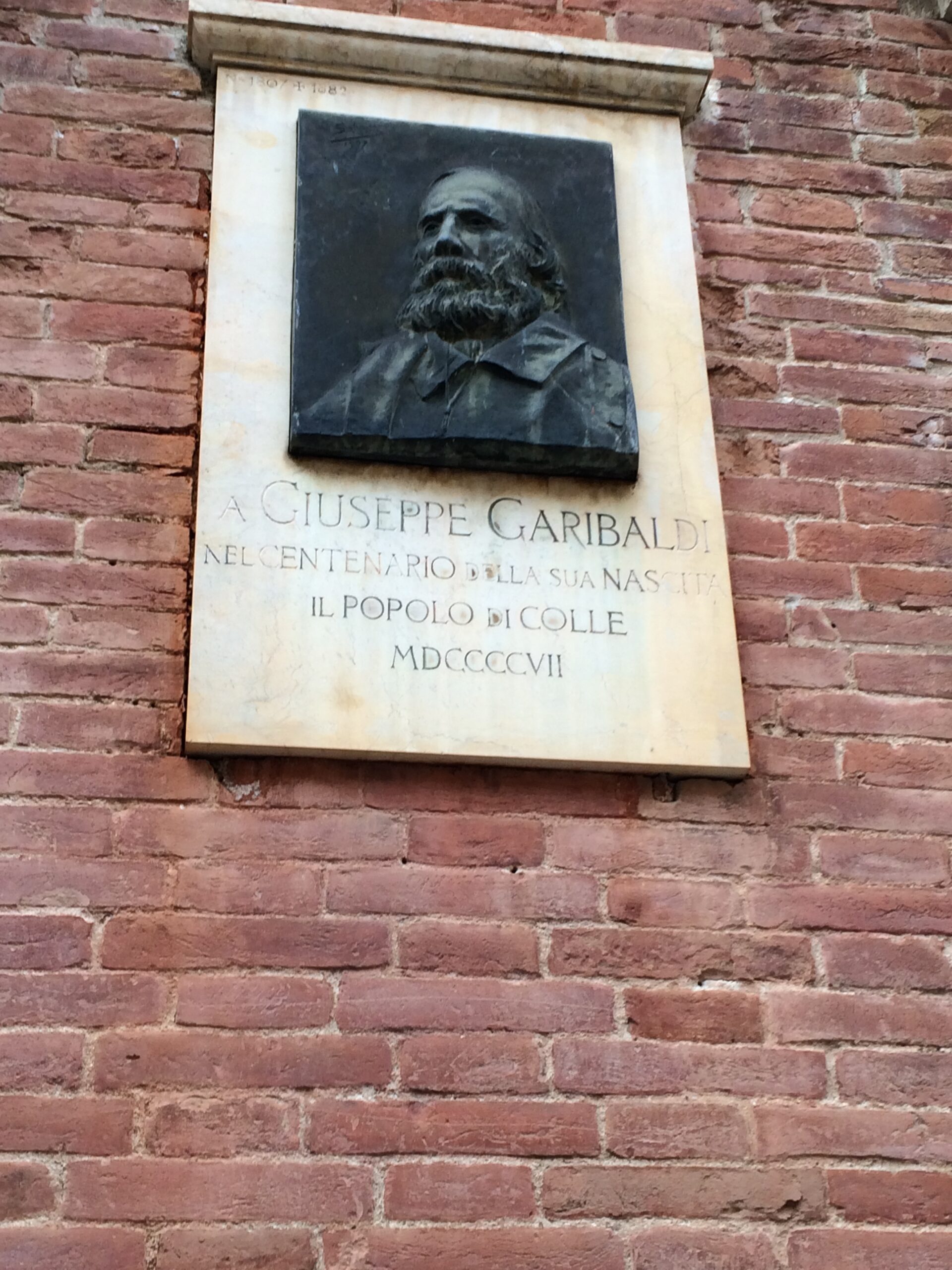
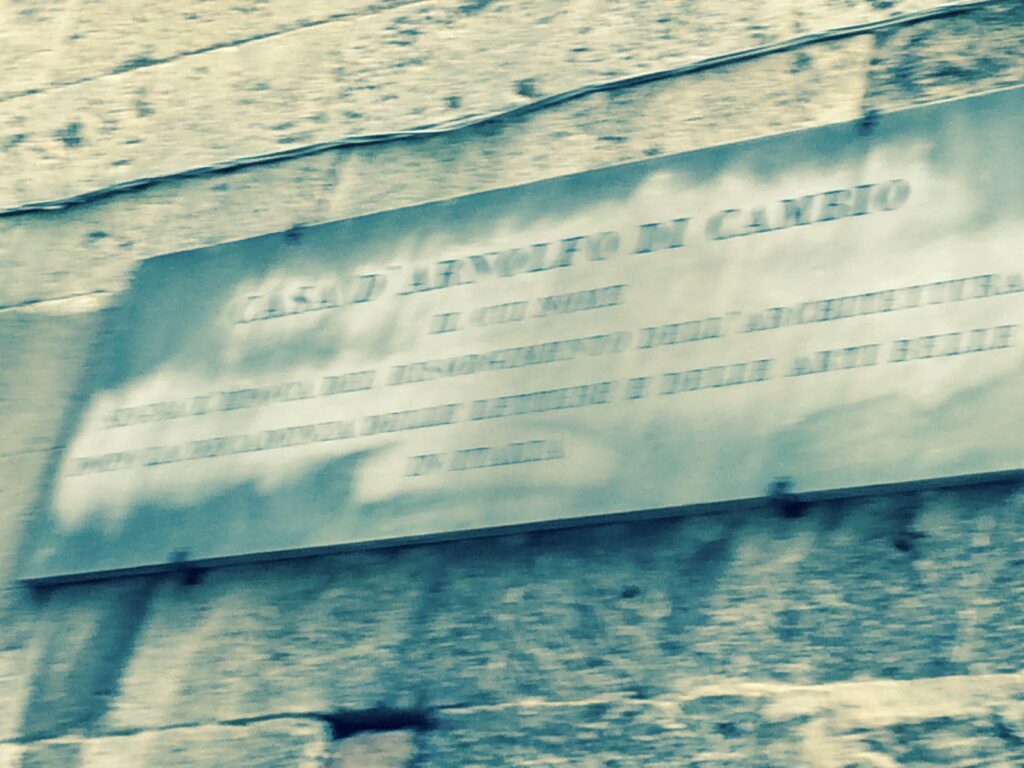
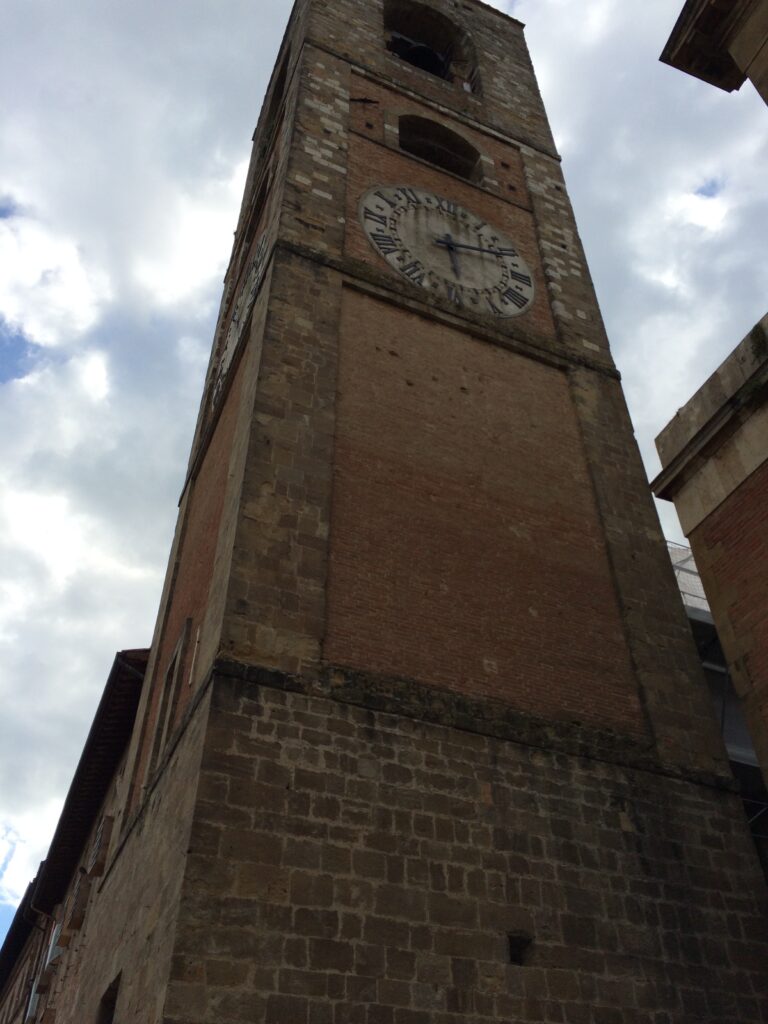
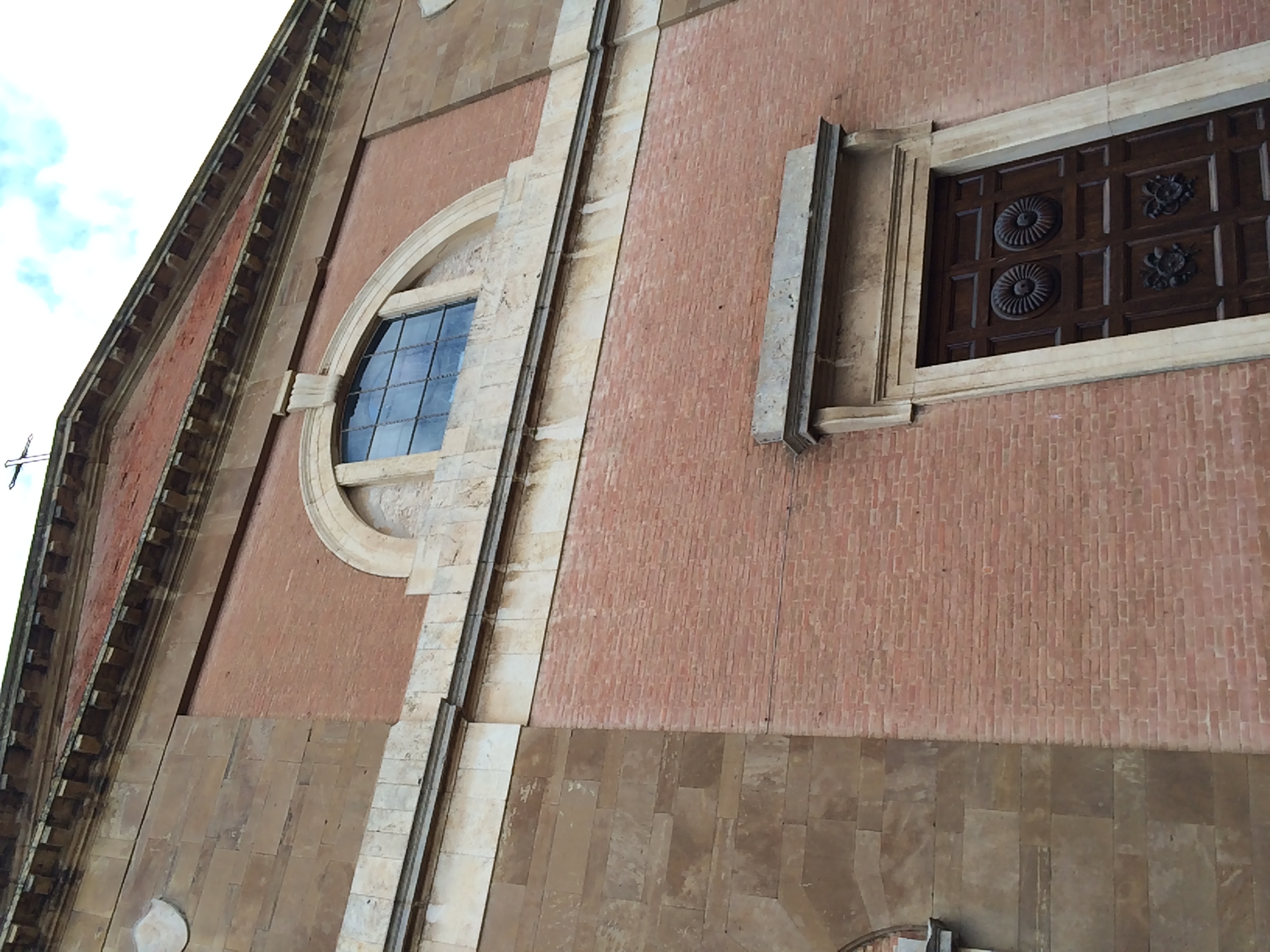
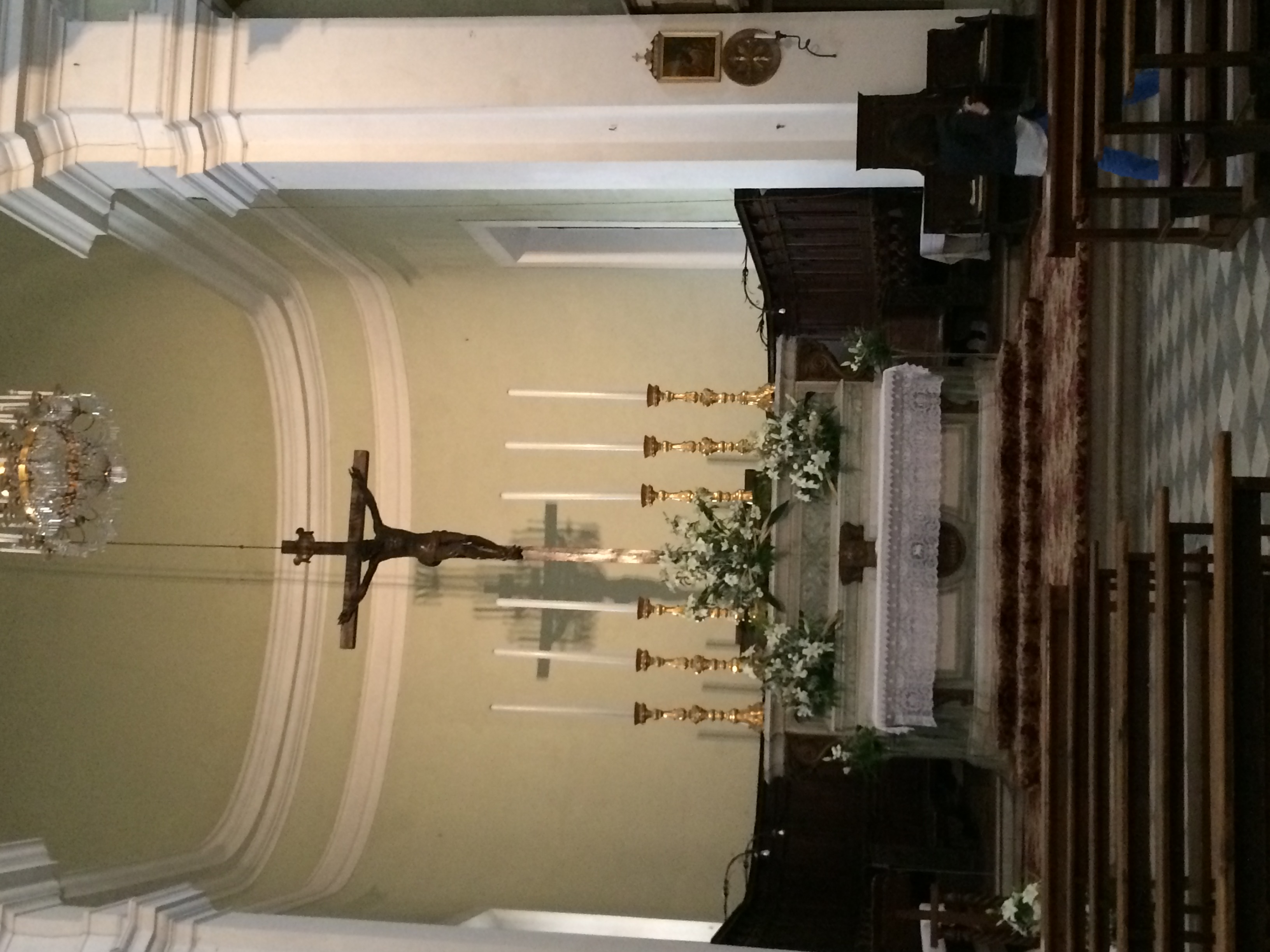
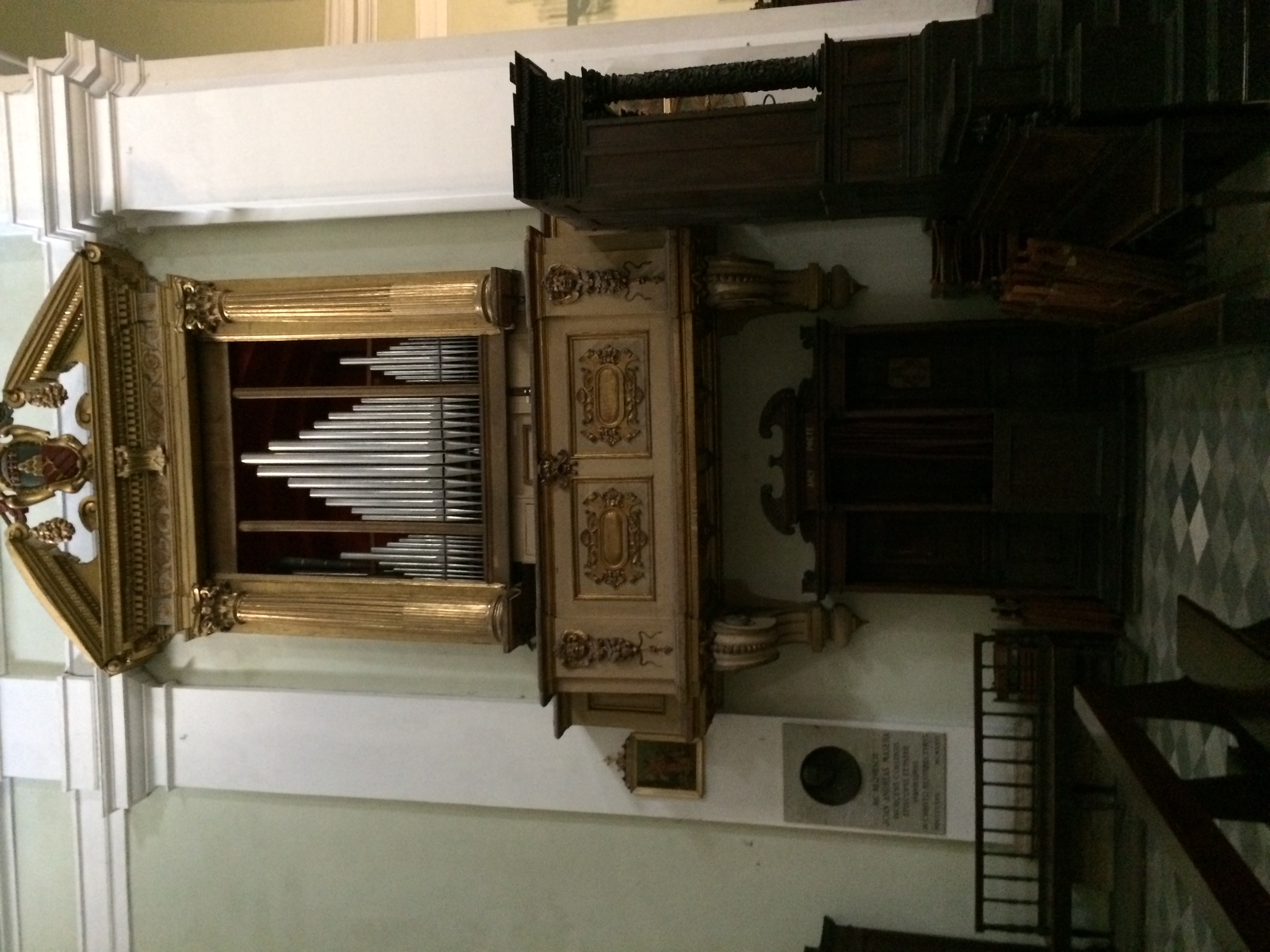
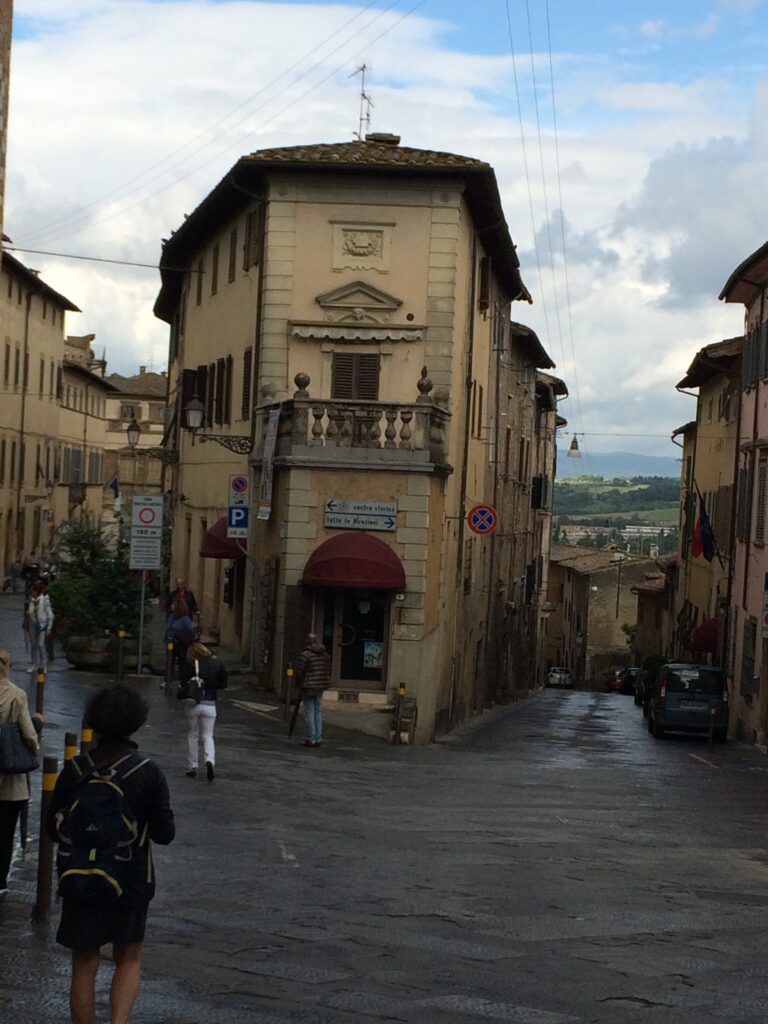
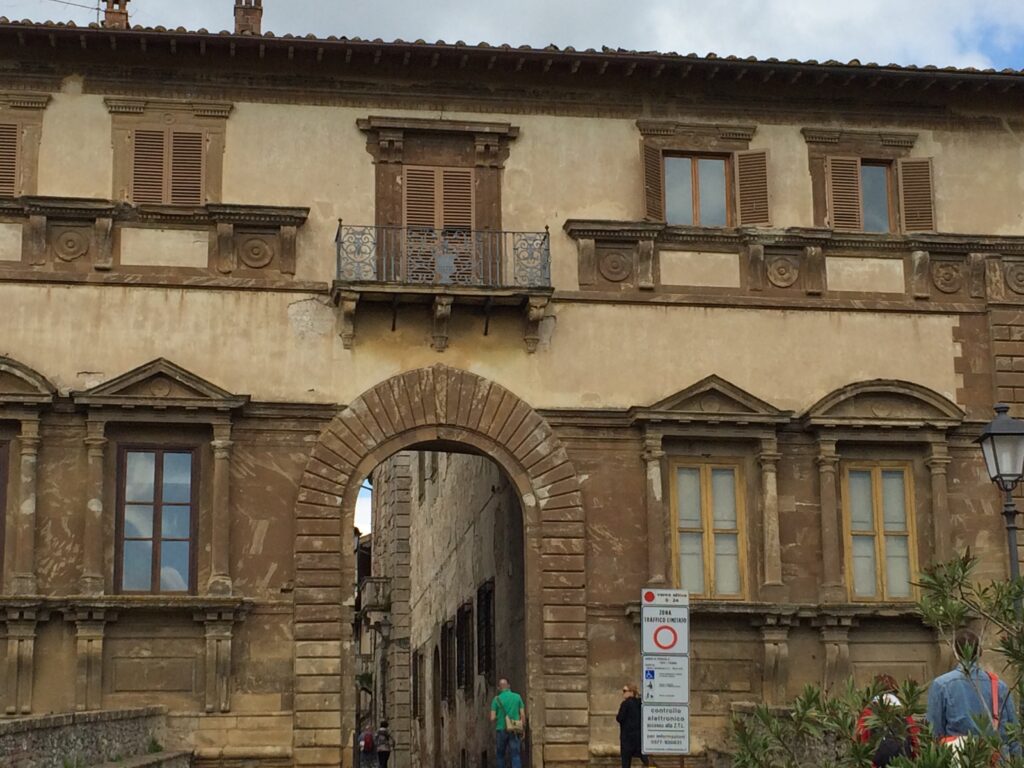

Our hotel Palazzo San Lorenzo was a lovely old building on a cobble-stone street inside the medieval city walls. It is about half a block from Porta Nuova, the stone entry gate. It was a converted hospital that originated in 1635 and underwent restorations several times. Grand Duke Pietro Leopoldo enlarged the building in 1789, and there is a plaque commemorating this event by the hotel door and a portrait of him in the sitting room. The hotel restaurant was originally its chapel. The hospital was converted into a hotel in 2010.
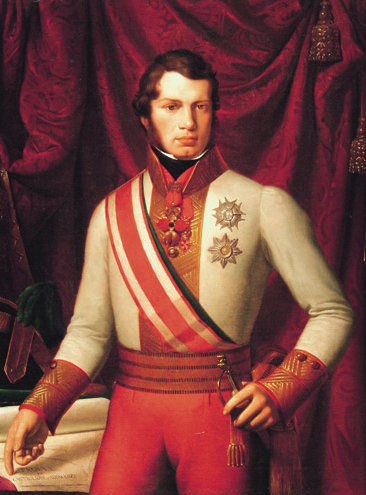
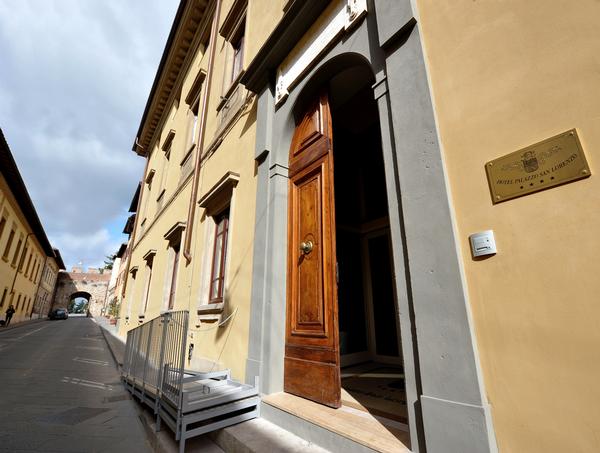
S
Leave a Reply